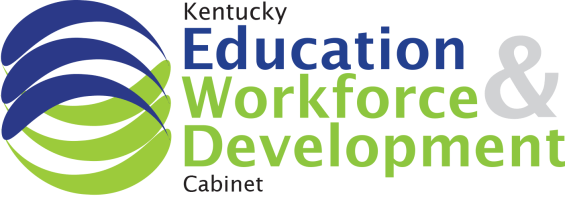Alumni in Action: Nick Hatzinikolis Continuous Improvement Leader
Nick Hatzinikolis’ career as a continuous improvement leader started in the late 1970’s at an Aluminum Die Cast company when he and a few coworkers organized informal Kaizen events. His work continues today where, as Director of Plant Operations at a snack food manufacturer (Mikesell’s), his responsibilities include sponsoring Lean Six Sigma Black Belt projects.
His work has spanned several states (MI, OH & ME), industries (automotive, plastics, medical devices, pharmaceuticals), applications (manufacturing, operations, sales, even opening a new manufacturing plant), and process tools (Quality Circles, Total Quality Management, Practical Process Improvement, 6S, Lean Management, and Six Sigma). In 2016 he received his Six Sigma Green Belt from West Michigan University’s Hayworth School of Business and in 2021 he earned his LSS Black Belt from BPG.
With over 25 years of experience in senior management, Nick impresses his stakeholders as both a developer and manager of processes and a leader of people. So we asked Nick:
How do you identify Lean Six Sigma Projects? First, he says, understand what is non-negotiable. For him, that has always been safety, quality, delivery, and cost of goods. He listens to coworkers at all levels and observes processes to understand how they work, then looks for opportunities for improvement. For Nick, process improvement is all about mitigating internal and external risks. He recently sponsored a project to eliminate leaks on a manufacturing shop floor. There were several types of leaks (air, water, oil) and each required a different solution. But each posed similar risks (accidents, fines, loss of resources and money).
How do you gain support for Lean Six Sigma Projects? Nick finds SWOT analysis an effective tool for presenting process improvement proposals to senior management. For team members, Nick sees the acceptance process as a bell curve. To get people up that curve, it is important to let them know how the changes will benefit them.
How do you change a company culture? Communication, cross training, and letting people see how the changes help them are all key. Consistency is also important. As processes are reviewed and changed and continually monitored, employees begin to realize this is not a flavor of the month change but a process that works and that they can be involved in. Those elements were involved in a plant transformation that Nick was part of when he worked at a company that manufactured high-speed fruit and vegetable sorting equipment. The company realized that the equipment that sorted blueberries and cherries by size could be adapted to other small items, like nails, dowels, ammunition, and some pharmaceuticals.
To help gain new customers and expand their market, Nick introduced ISO 9001-2015 standards to the organization. He also changed the plant layout, transforming it from welding and testing stations to a visual infrastructure process in a little over a year (five quarters). It was a 6S project – which is 5S (Sort, set, shine, standardize, and sustain) plus safety. (See the Learning Refresher for more details.) At the time, there was no requirement for ISO standards so it gave the organization a competitive edge and helped them make more money. The ergonomic improvements of the 6S change* made the employees’ work easier and safer.
Do you apply Lean Six Sigma to non-manufacturing processes? Yes. Nick reports using LSS in financial and other non-manufacturing environments. In one case he used LSS to oversee the implementation of a J.D. Edwards system and, in another case, a procurement system. He says that while the commodities may be different, the DMAIC process works.
Nick also used DMAIC when he managed the opening of a manufacturing facility in the US for an overseas-based company. The opening involved converting a vacant facility into a manufacturing site for a highly automated production process. While the company already had one successful facility in the U.S., that facility had no documented processes. Nick started from scratch with just three employees in 2019. By February 2021 there were 132 employees. Confronting such a large task Nick used DMAIC, and other Lean/Continuous Improvement tools to develop processes and train people. And while the CEO, situated in Italy, was initially skeptical about the approach, he celebrated the success of opening a fully certified ISO 9001-2015 plant in just under one year.
With all your years of accomplishment, why did you take BPG’s LSS class and do you recommend it? Nick was in transition in early 2021 and decided to take advantage of a state grant to fund his BPG training. Not long afterward, he started working for Mikesells. He recommends BPG programs because “The excellent training from BPG betters you as a person and will benefit your company. It improves your status inside the company. And it is education you can take with you to the next opportunity!







